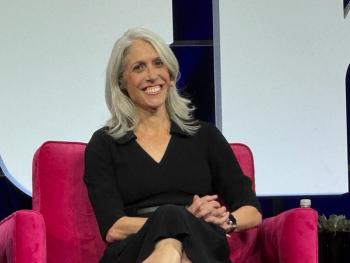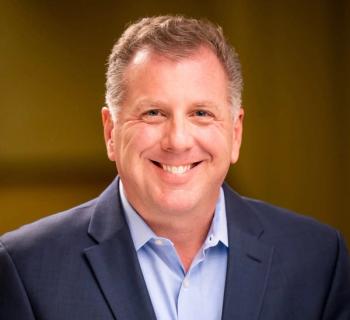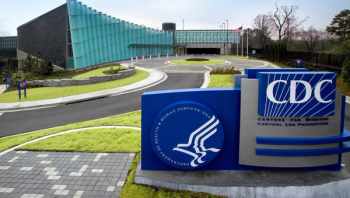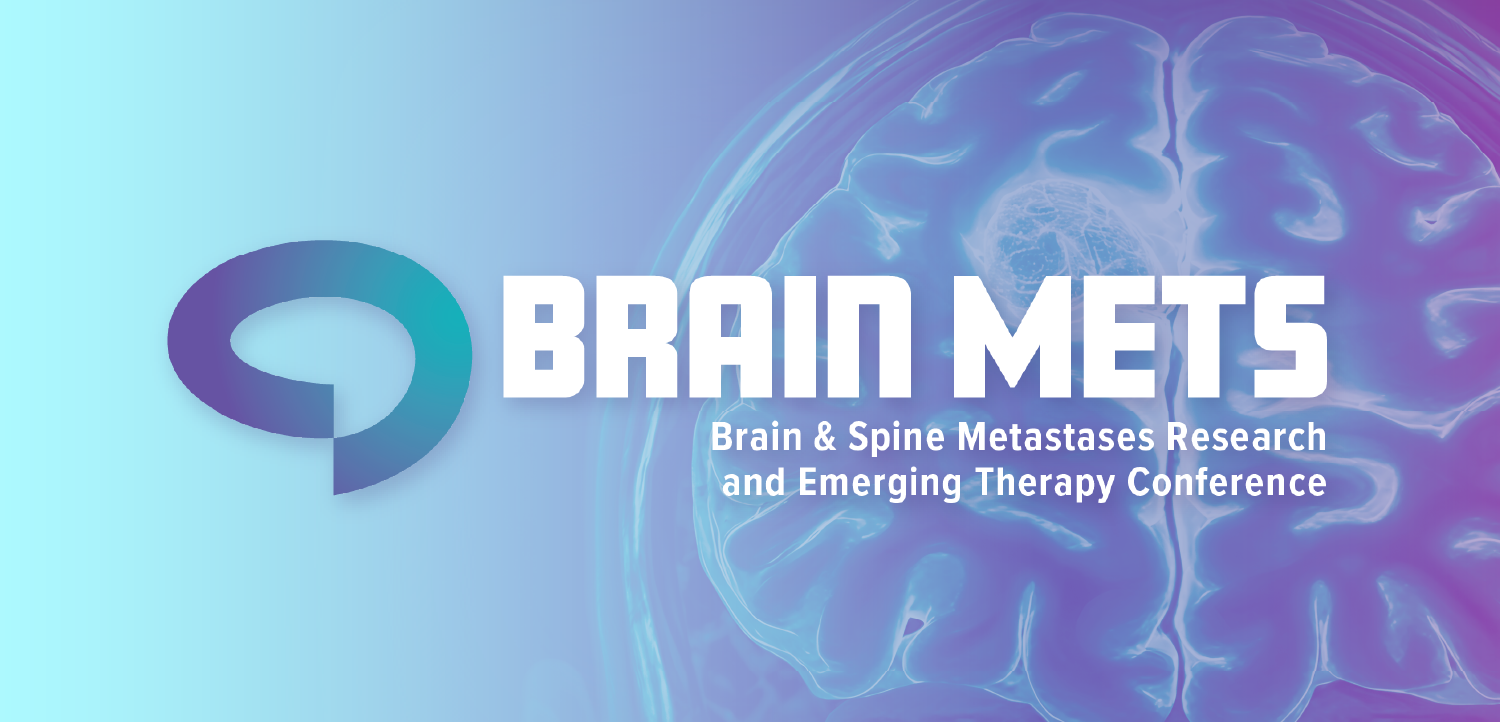
How hospitals can improve emergency readiness beyond big drills
Large exercises have value, but still only reach so many people. Health systems should look at ways to reach as many staff as possible, says Michael Wargo of HCA Healthcare.
When it comes to ensuring hospitals are ready to respond to natural disasters or emergencies such as mass shooting events, staff need constant training.
Michael Wargo, vice president of HCA Healthcare’s Enterprise Emergency Operations, stresses the importance of regular training to ensure readiness.
“It's never ending to be truthful, and the risks and threats to healthcare and healthcare services in the community every day are changing,” Wargo says. “So creating awareness to our leadership and to our frontline staff, and to the communities that we partner with, is key.”
“From that, we have to educate and train on things that are very specific to the risks,” he says.
Hospitals need more frequent training for weather events, such as hurricanes and tornadoes, as well as the threat from an active shooter. Over the weekend,
Hospitals should look at more than big exercises that still only reach so many staff, Wargo says.
In a recent interview with Chief Healthcare Executive®, Wargo shared some lessons of effective training for disasters. He also offered some advice for hospitals with modest resources to improve their readiness for emergencies.
(See part of our conversation in this video. The story continues below.)
Wargo recalls the response to a shooting at an HCA hospital in Florida in 2018. Nobody was wounded in the incident, and that was partly because of the quick and effective response of hospital staff. The staff barricaded appropriately in the intensive care unit and locked down the emergency department.
“The staff immediately responded flawlessly and saved a lot of people in that facility,” Wargo says. “No one was injured. Bullets went into the wall, but the risk was real in terms of the scenario.”
When he spoke to staff afterward to review the incident, Wargo asked if they had done an active shooter drill recently. Staff said they had not recently had such an exercise.
But staff members also said the hospital’s chief nursing officer recently held a discussion with staff during rounding, and handed staff a sheet of paper outlining the scenario and said it would be discussed. That discussion proved essential in helping staff know what to do when facing a shooter.
“It got the staff into the modality to non-stressfully have discussions with one another on, if this happens, what would we do? And they drilled that scenario in a discussion format. When it came true, they responded,” Wargo says.
Wargo says that it was an “a-ha moment” for him in terms of thinking about training and education for emergency readiness, including the potential impacts of a natural disaster or a shooting, and what should be done in such events.
The chief nursing officer in that hospital engaged in an inexpensive and relatively low-effort training that paid big dividends.
“The training component could be as simple as leadership, grounding, engaging the staff, stressing the importance of a topic, and doing follow-up discussions to have that non-stress induced exercise all the way to the full scale exercises,” Wargo says.
“So I encourage leaders to really look at this, and don't invest heavily in putting all their effort into these large, large exercises that only capture a percentage of your staff for a short period of time,” he adds. “Focus on the ability to impact more staff in a more effective way.”
Community hospitals, rural hospitals and other health systems with modest resources can still develop effective emergency training and plans without big investments.
“You don't have to put big dollars and big effort into everything,” Wargo says. “Creating that awareness, having those discussions of roles, responsibilities and capabilities with your staff, allows us to mentally prepare that if this event happens, I'm going to go and I'm going to act in an informed way, and your patients are going to have better outcomes that way.”
“If you go into a scenario and you don't understand what the risk is, and you haven't mentally prepared … you as a health care provider or leader, are going to panic,” he adds.
Healthcare leaders also need to make sure they are reaching out to clinicians and getting their feedback on developing readiness plans for emergencies.
“Our core mission is providing the best patient care to our patients and to our community during normal times and adverse times,” Wargo says. “So engaging our clinical staff, whether it's our nurses, our ancillary staff, is critically important. Everyone has a role.”








































